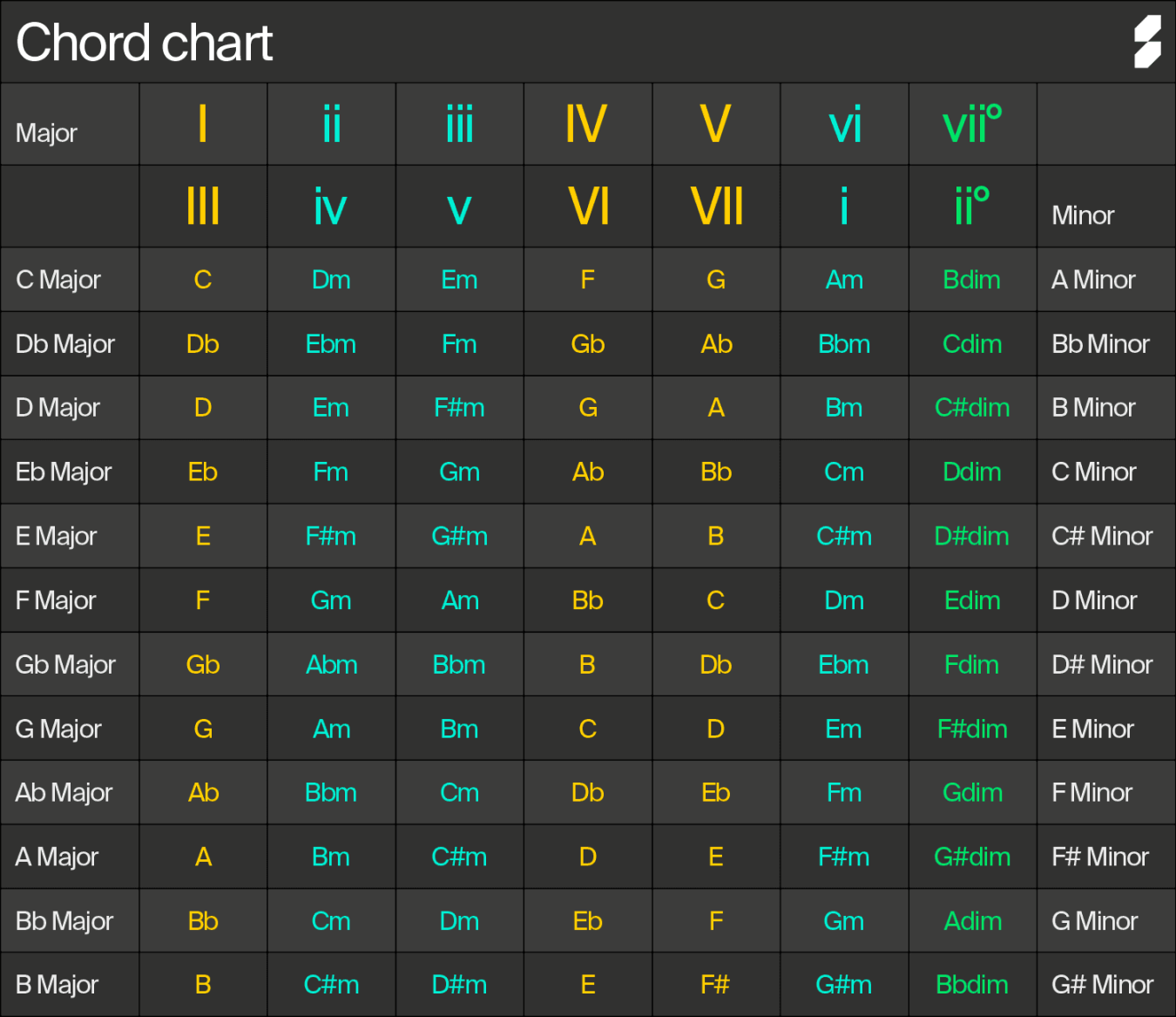Guitar Chord Progressions Hip Hop: Laying Down the Groove
Hip-hop, at its core, is about rhythm and feel. While samples and beats often take the lead, guitar chord progressions add a layer of warmth and harmonic complexity that can make a track truly stand out. It’s not just about strumming random chords; it’s about crafting a vibe that complements the drums and vocals.
The Foundation: Simple Chords
When you’re starting out, keep it simple. Think about basic major and minor chords. You know, your Am, C, G, D, Em, and so on. These are the building blocks. A classic hip-hop progression might be something like Am-F-C-G. It’s simple, it’s effective, and it’s been used in countless tracks.
Minor Keys: The Mood Setter
A lot of hip-hop has a certain melancholy or introspective vibe, and minor keys are perfect for that. Am, Em, and Dm are your friends. A progression like Am-Em-G-C creates a moody, soulful feel. Try experimenting with different minor chord combinations to see what resonates with you.
The 1-4-5 Progression: A Classic Twist

The 1-4-5 progression is a staple in many genres, and it works wonders in hip-hop too. In the key of C, that’s C-F-G. But you can add some flavor by using minor variations or adding sevenths. For instance, you could try Cmaj7-Fmaj7-G7. It adds a smoother, more jazzy feel.
Adding Sevenths and Ninths: Smooth Moves
Speaking of sevenths and ninths, these extended chords can add a lot of sophistication to your progressions. Instead of just playing a plain C chord, try Cmaj7 or C9. These chords have a richer, more complex sound that can elevate your track. A simple Am-Em7-Fmaj7-C progression can sound incredibly smooth.
Looping and Repetition: The Hip-Hop Vibe
Hip-hop is all about repetition. Find a chord progression you like and loop it. Don’t be afraid to keep it simple and let the rhythm do the work. The repetition creates a hypnotic effect that draws the listener in. Think about how many classic hip-hop tracks rely on a simple, repeated chord progression.
Experimenting with Inversions: Change It Up
Inversions are a great way to add variety to your progressions without changing the chords themselves. An inversion is simply playing the same chord with a different note in the bass. For example, a C chord in its root position is C-E-G. But you can play it as E-G-C or G-C-E. This can create smoother transitions between chords and add a subtle melodic element.
Adding Passing Chords: Smooth Transitions
Passing chords are chords that you use to connect two other chords. They help create smoother transitions and add a bit of harmonic interest. For example, if you’re going from Am to C, you could add a Dm chord in between. This creates a smoother, more melodic progression.
Using Samples as Inspiration: The Source Material
Many hip-hop producers sample old records for their tracks. Listen to the guitar parts in these samples and try to recreate them. You can learn a lot about chord progressions and voicings by studying the work of other musicians.
Finding Your Own Sound: The Creative Process
Ultimately, the best way to learn is to experiment. Don’t be afraid to try different combinations of chords and see what sounds good to you. There are no hard and fast rules. It’s about finding your own sound and creating something unique.
The Groove is Key: Rhythm and Feel
Remember, hip-hop is all about the groove. Even a simple chord progression can sound amazing if it has the right rhythm and feel. Pay attention to the timing and dynamics of your playing. Try different strumming patterns and rhythms to see what works best.
Conclusion
Guitar chord progressions in hip-hop are about blending harmonic depth with rhythmic feel. It’s about taking those basic chords, adding a touch of soul, and crafting a vibe that resonates. Whether it’s a moody minor progression or a smooth, jazzy sequence, the key is to experiment and find your own unique sound. By understanding the fundamentals and letting your creativity flow, you can craft guitar parts that elevate your hip-hop tracks to a whole new level. So, grab your guitar, start experimenting, and let the groove guide you.

